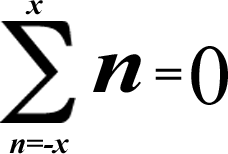

(Of course the negative number always has to be below the sigma!)

(-3) + (-2) + (-1) + 0 + 1 + 2 + 3 = 0
[All of the additive inverses cancel each other out & leave you with zero!]
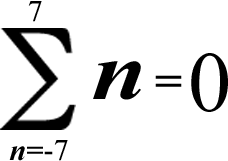
(-7) + (-6) + (-5) + (-4) + (-3) + (-2) + (-1) + 0 + 1 + 2 + 3 + 4 + 5 + 6 + 7 = 0
[All of the additive inverses cancel each other out & leave you with zero!]
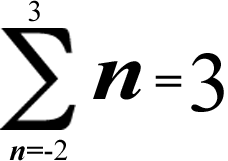
(-2) + (-1) + 0 + 1 + 2 + 3 = 0 + 3 = 3
[The additive inverse of 3 was excluded this time, so you had to add 3 to zero, which of course gives you 3]
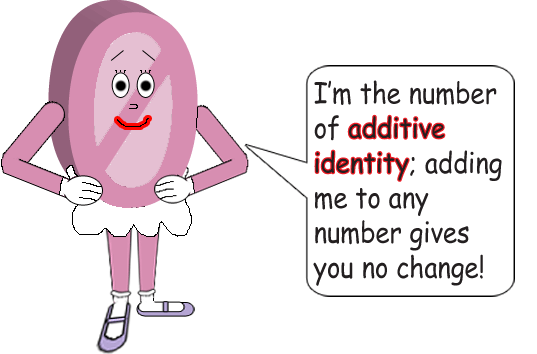
If you can see her, this character's name is Miss Zero Digit.
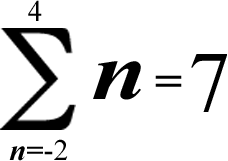
(-2) + (-1) + 0 + 1 + 2 + 3 + 4 = 3 + 4 = 7
[The additive inverses of 3 & 4 were excluded; the positive numbers added up to 7]
If you exclude more than 1 additive inverse, the remaining positive or negative numbers will add up to their respective sums!
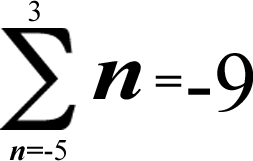
(-5) + (-4) + (-3) + (-2) + (-1) + 0 + 1 + 2 + 3 = (-5) + (-4) = -9
[The additive inverses of -5 & -4 were excluded; the negative numbers added up to -9]
If you have more positive integers left, the sum will be positive; if you have more negative integers left, the sum will be negative. In other words, the greater absolute value will reign supreme!
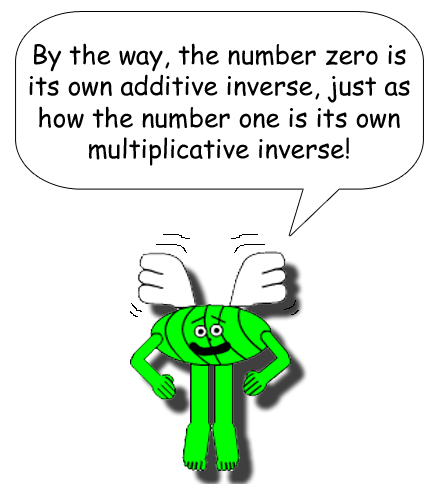
Back to Index Page Back to Math Trick Menu
© Derek Cumberbatch